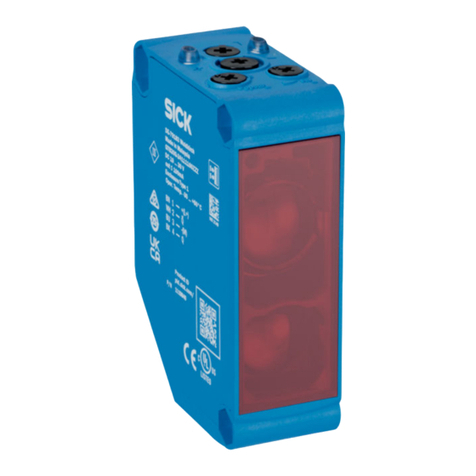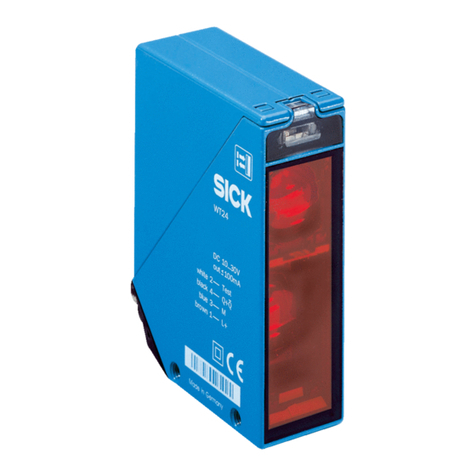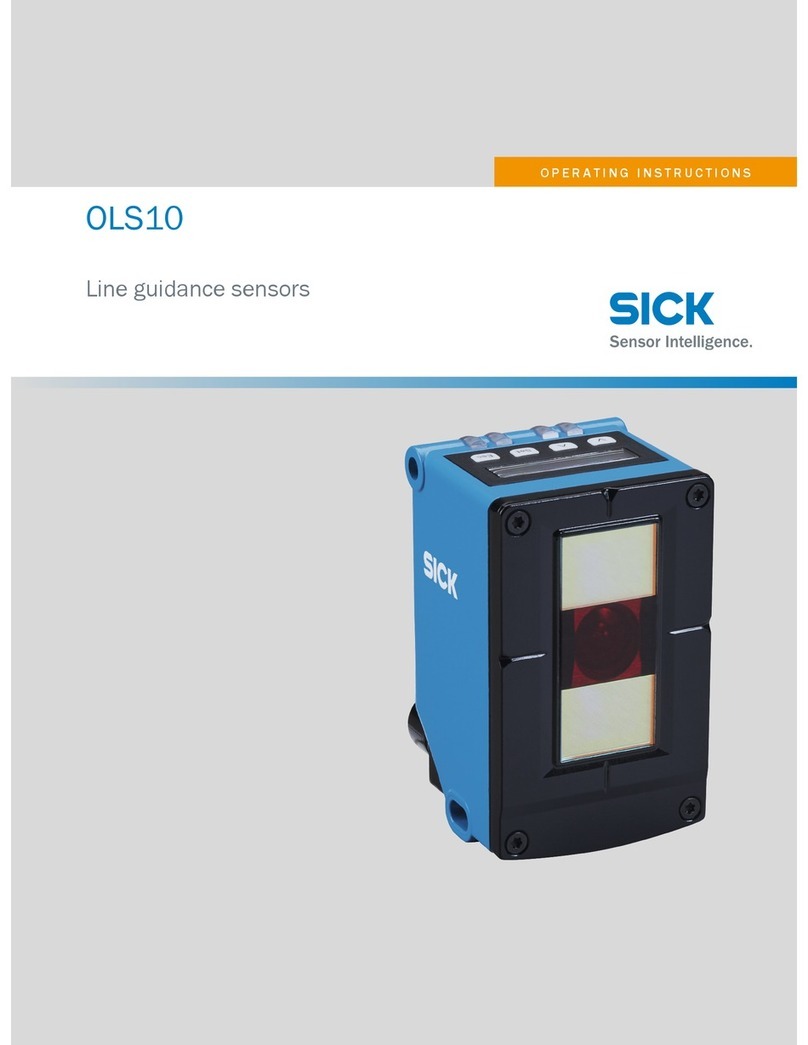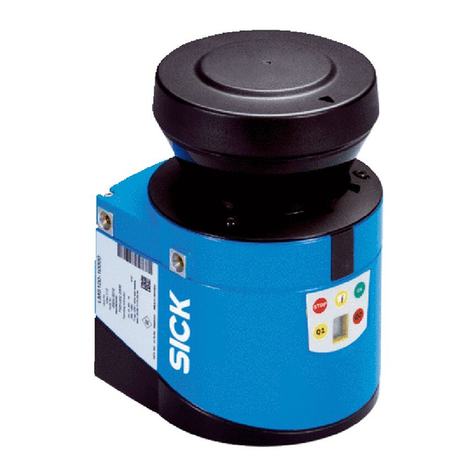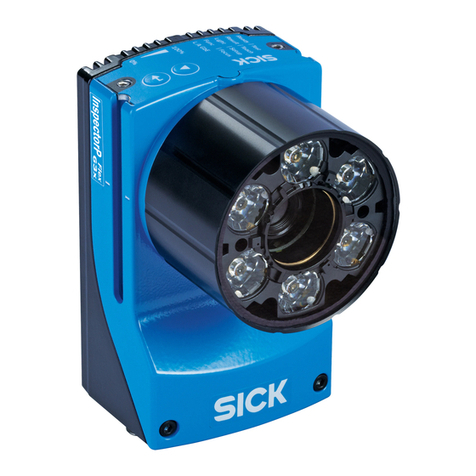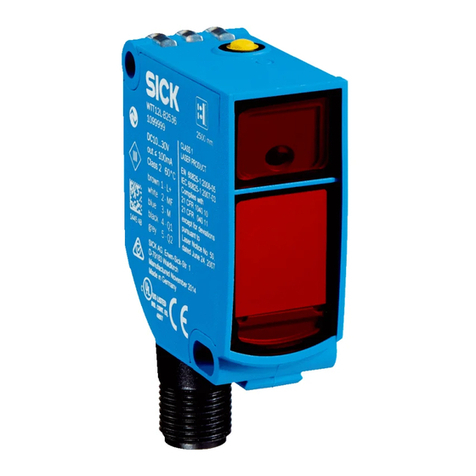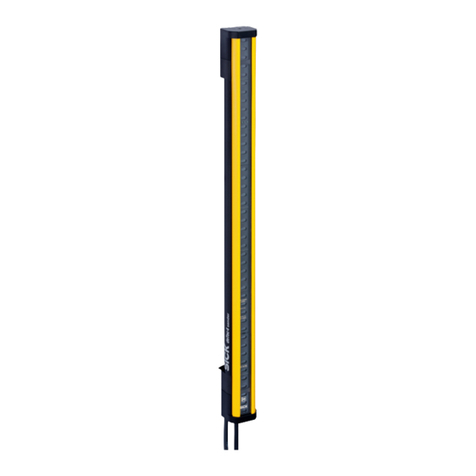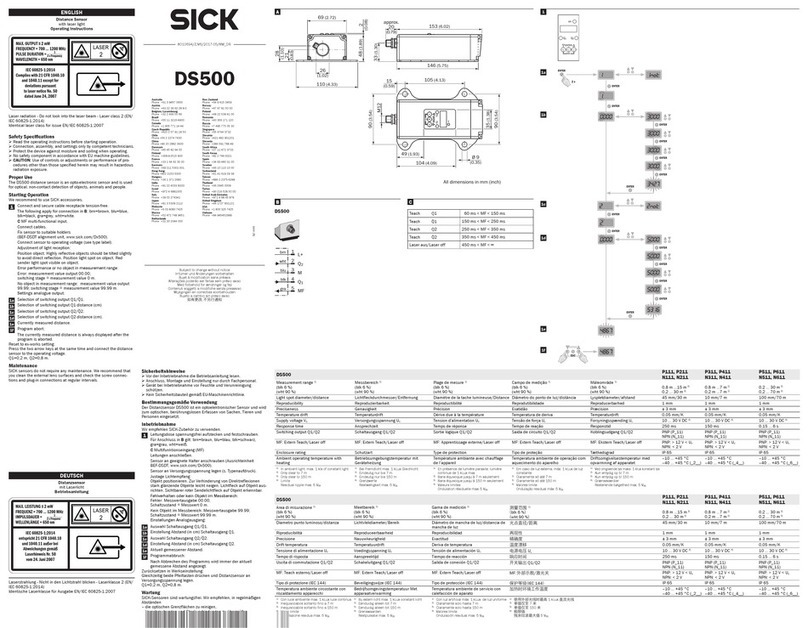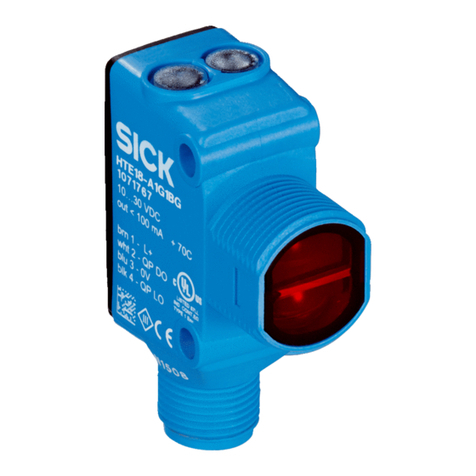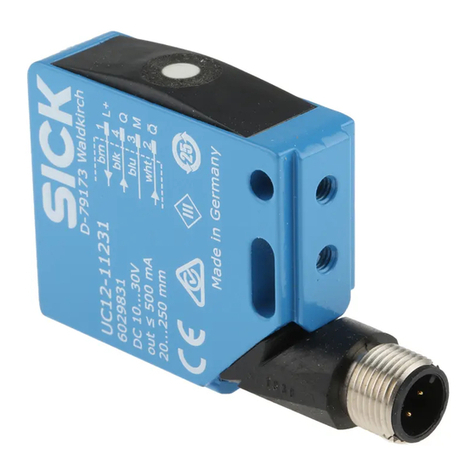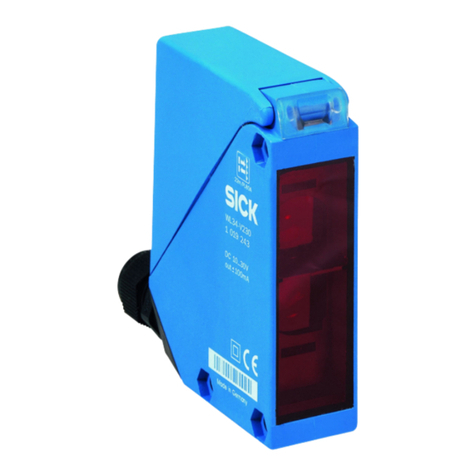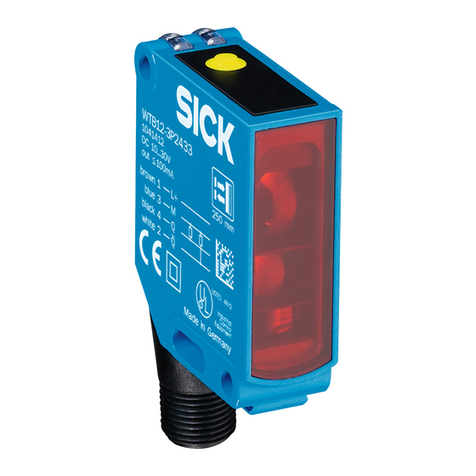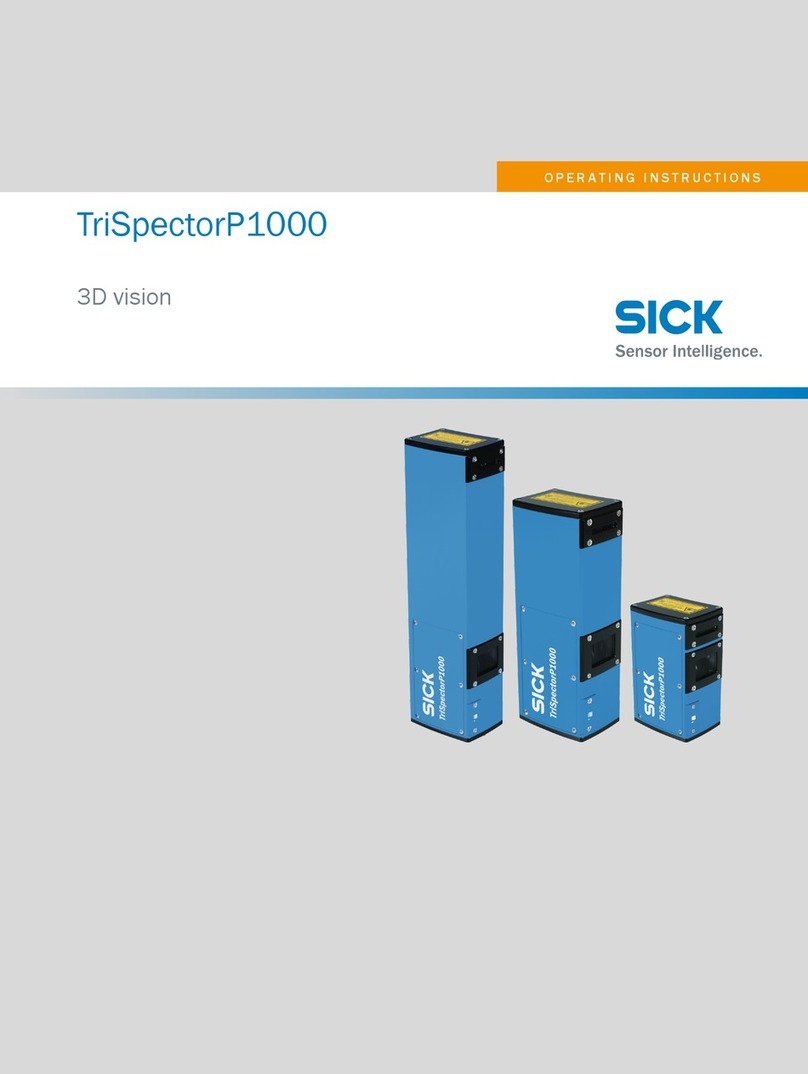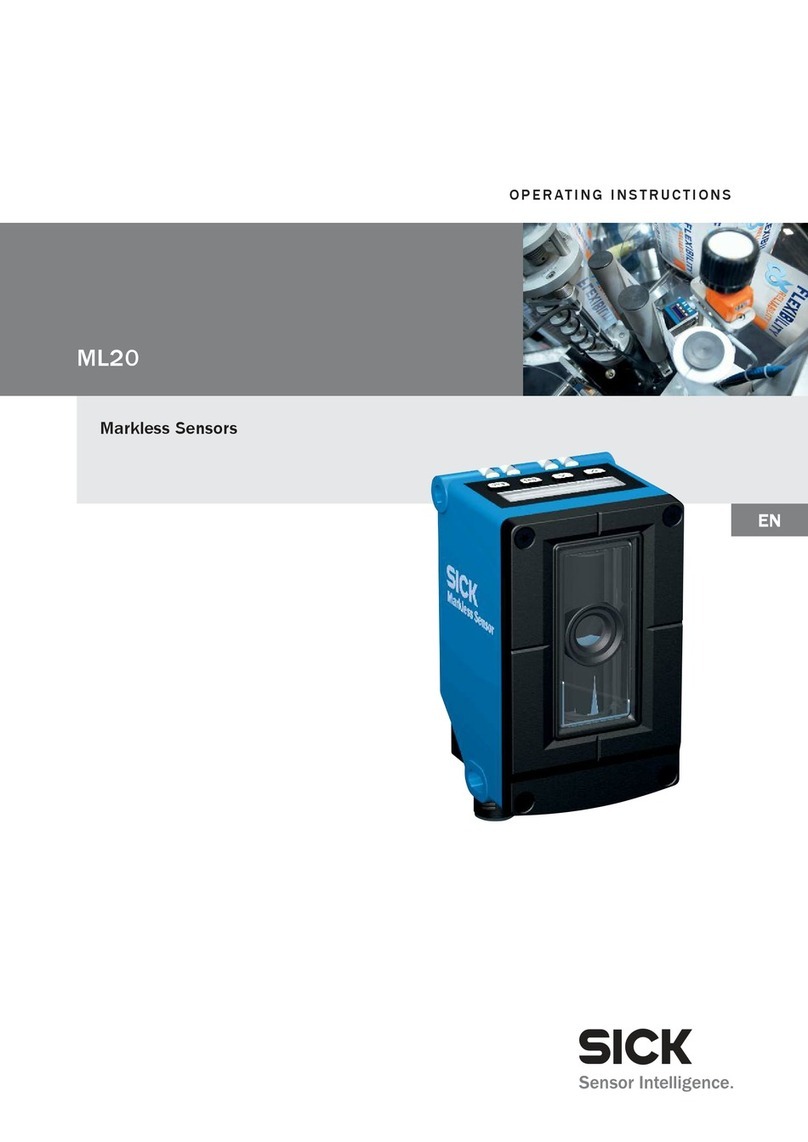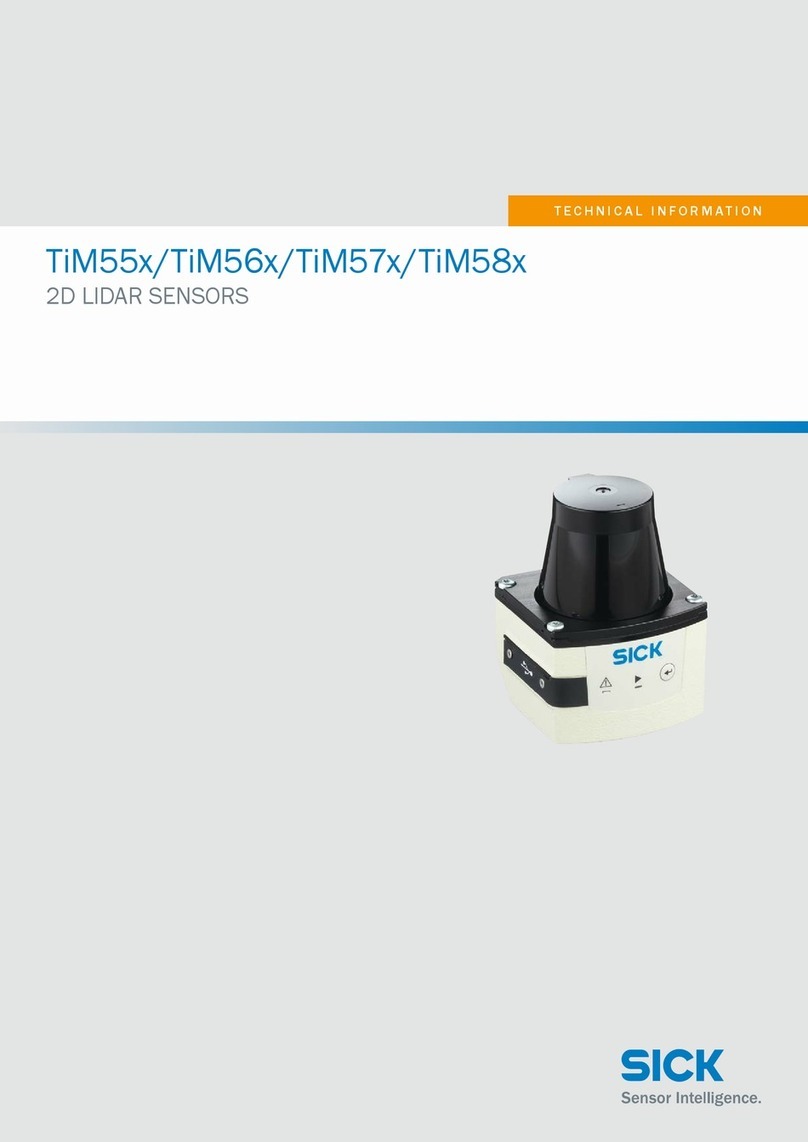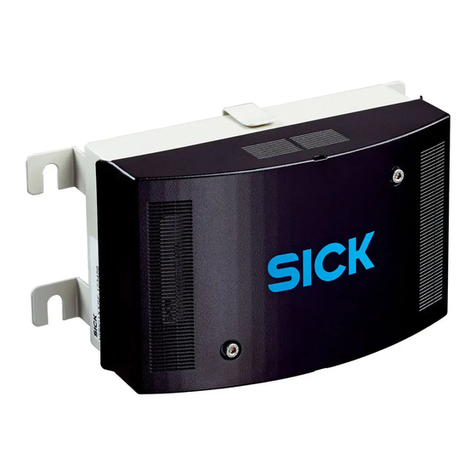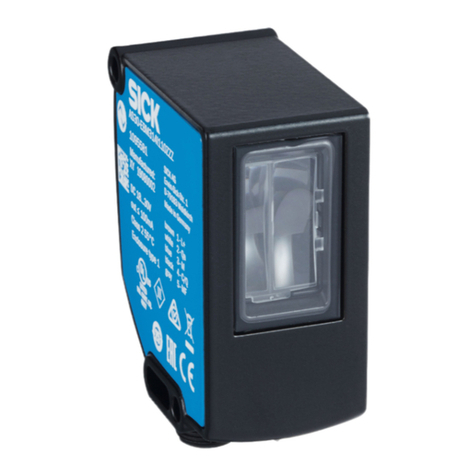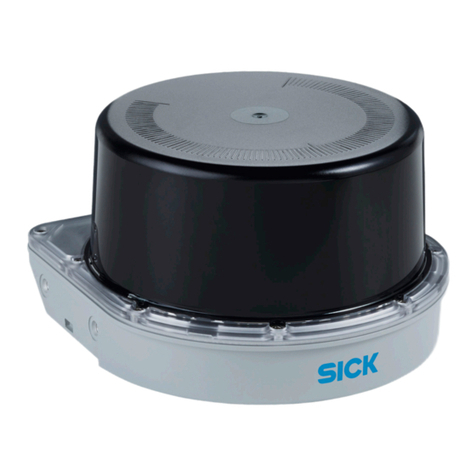
Contents
1 About this document........................................................................ 5
1.1 Purpose of this document........................................................................ 5
1.2 Target audience........................................................................................ 5
1.3 Further information................................................................................... 5
1.4 Symbols and document conventions...................................................... 5
1.4.1 Warning levels and signal words............................................. 5
1.4.2 Information symbols................................................................ 5
2 Safety information............................................................................ 6
2.1 General notes............................................................................................ 6
2.2 Intended use............................................................................................. 6
2.2.1 Purpose of the device.............................................................. 6
2.3 Responsibility of user............................................................................... 6
3 Product description........................................................................... 8
3.1 Product identification............................................................................... 8
3.2 Device variants......................................................................................... 8
3.3 Construction and function........................................................................ 9
4 Mounting............................................................................................. 11
4.1 Preparation for installing the sensor....................................................... 11
4.1.1 Installation cavity for the sensor............................................. 11
4.1.2 Installation cavity for the piston rod....................................... 11
4.1.3 Insertion chamfer.................................................................... 12
4.1.4 Bore hole for the retaining screw............................................ 12
4.1.5 Bore hole for the connector system....................................... 13
4.1.6 Piston for the position magnet................................................ 14
4.2 Installing the position magnet................................................................. 15
4.3 Location of the O-ring and support ring.................................................. 16
4.4 Installing the sensor in the cylinder........................................................ 16
4.4.1 Installing using an M12 connector system............................ 16
4.4.2 Installation using cable connector and screwed cable
gland......................................................................................... 18
4.5 Install the retaining screw........................................................................ 18
4.6 Cylinder handling after sensor installation............................................. 18
4.6.1 Washing and drying the cylinder............................................. 18
4.6.2 Electrostatic painting of the cylinder...................................... 19
4.6.3 Mounting the cylinder on mobile hydraulic machines.......... 19
4.6.4 Electrical and electrostatic interference................................ 19
5 Electrical installation........................................................................ 21
5.1 Electrical connection................................................................................ 21
5.1.1 Connection diagrams, pin assignment.................................. 21
5.1.2 Connection sequence.............................................................. 21
CONTENTS
8021473/2017-08-08 | SICK T E C H N I C A L I N F O R M A T I O N | MAX48 3
Subject to change without notice
